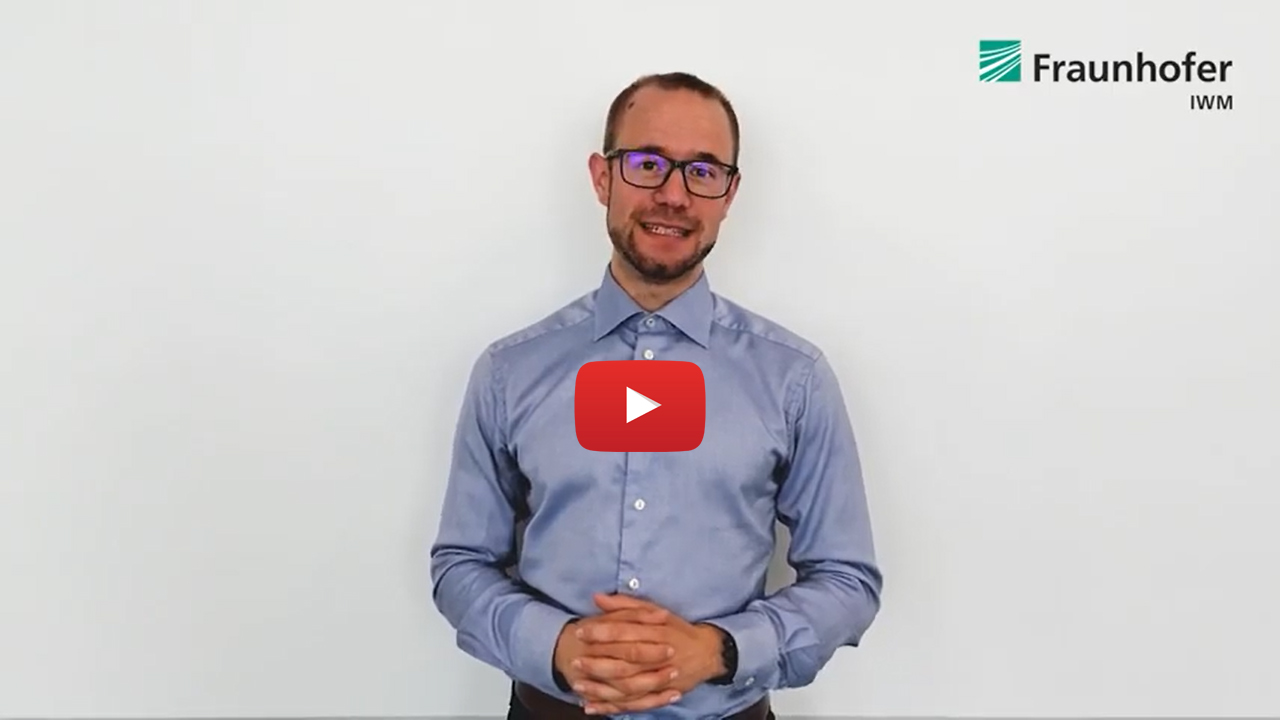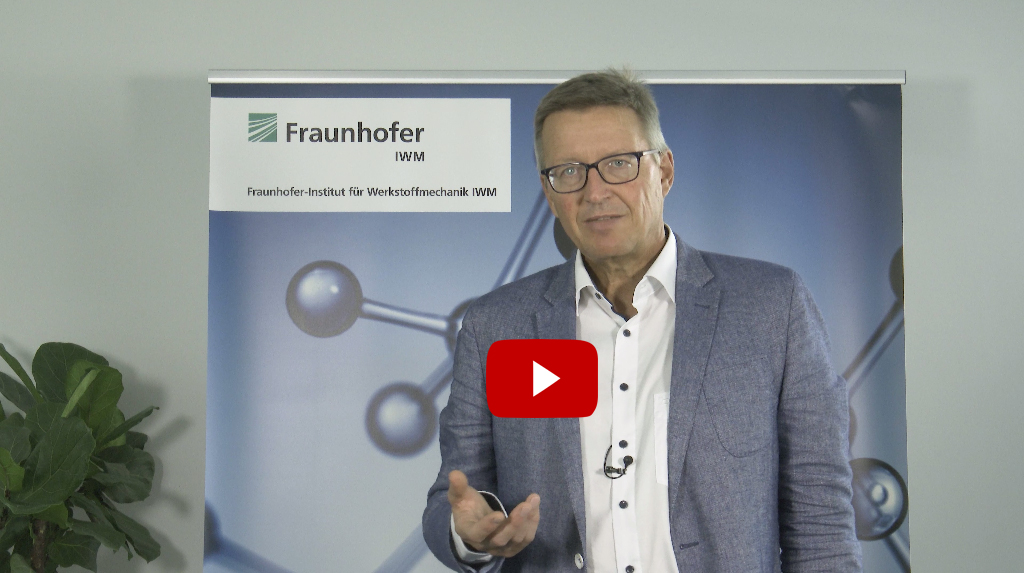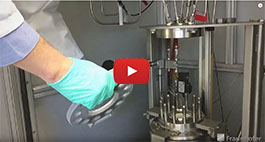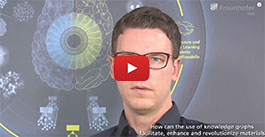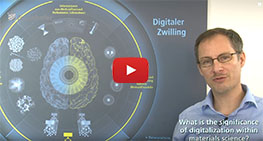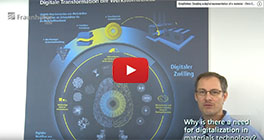Automated and precise residual stress measurements via the cos-alpha-method at the Fraunhofer IWM
With innovative measurement and evaluation methods, we help to ensure that highly stressed components can be used safely. In addition, targeted surface modification can extend service life, allowing products to be operated more sustainably.
For the first time, this handy diffractometer enables a measurement time of one minute for the punctual determination of residual stress. This is significantly faster compared to one hour with conventional methods and now enables close-meshed and large-area mappings in conjunction with a robotic arm. These large-area mappings can have a side length of up to half a meter and can be carried out in any orientation in space.
This opens up completely new possibilities for automated determination of residual stress fields over large areas. For example, residual stress gradients in welded joints can be investigated in detail, and surfaces of additively manufactured components can be measured and evaluated. These measurements can be performed on a wide variety of materials such as metals, for instance steel and aluminum as well as ceramics.
Due to the small size of the device, residual stresses can now be determined in places that are difficult to reach for conventional devices.
Residual stress measurements via the cos-alpha-method, Dr. Eva-Regine Carl, Fraunhofer IWM
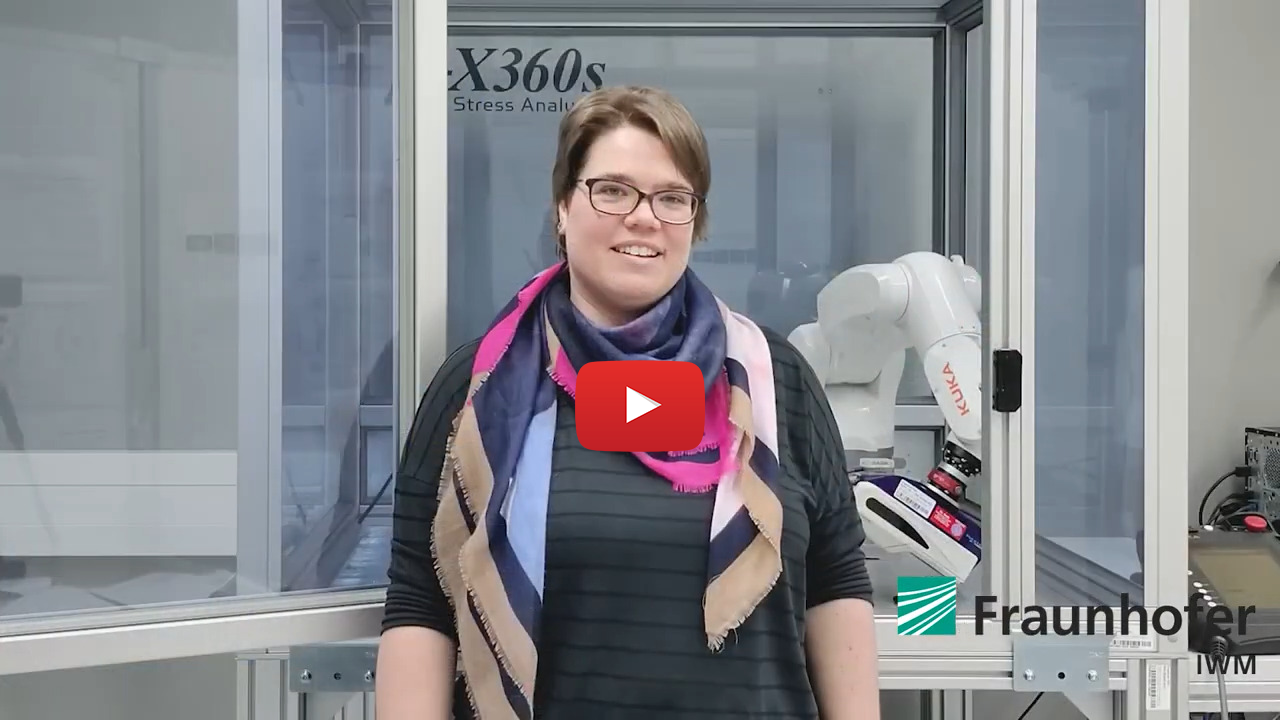
 Fraunhofer Institute for Mechanics of Materials IWM
Fraunhofer Institute for Mechanics of Materials IWM
